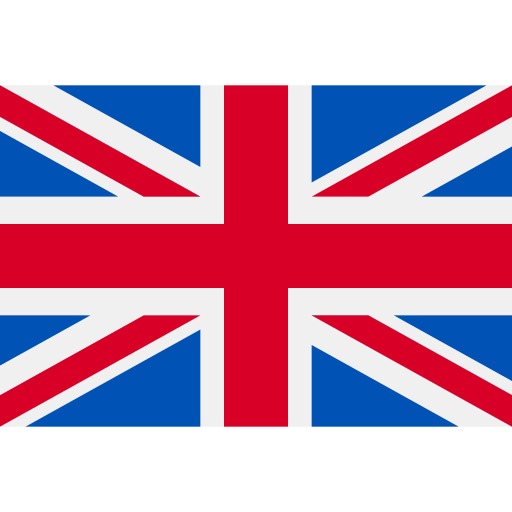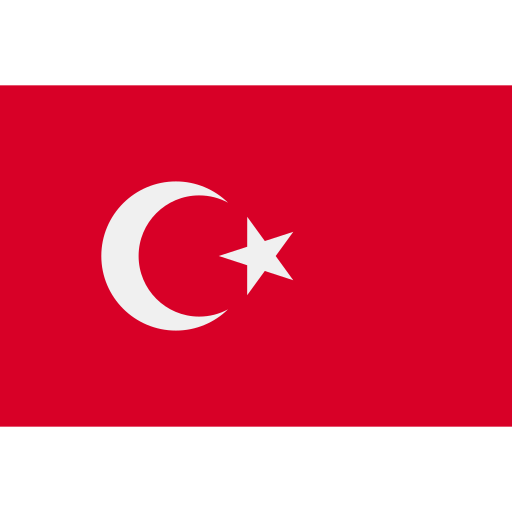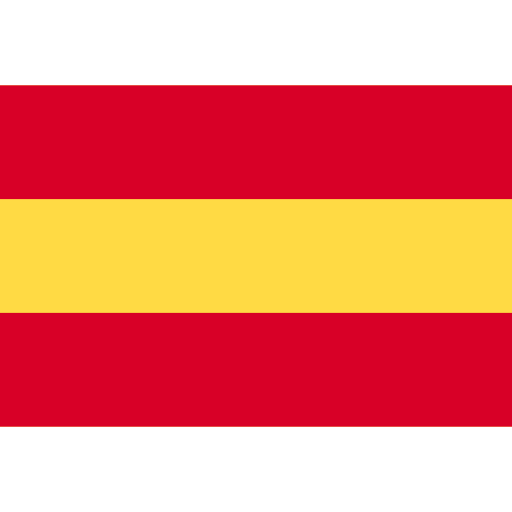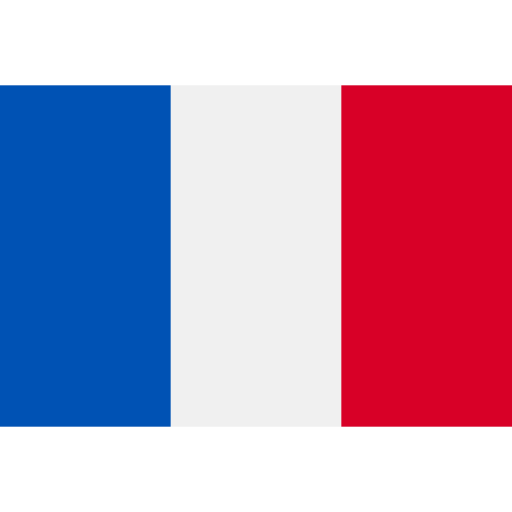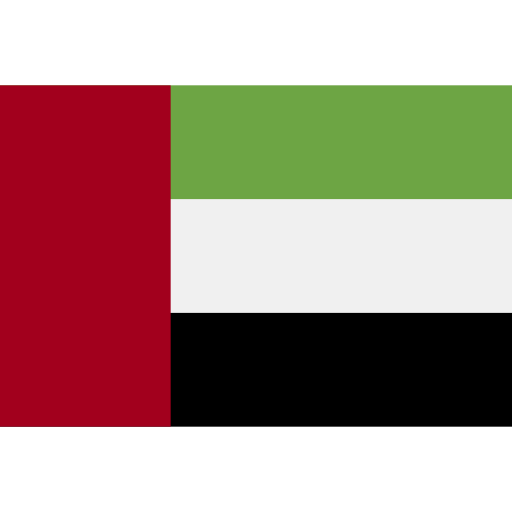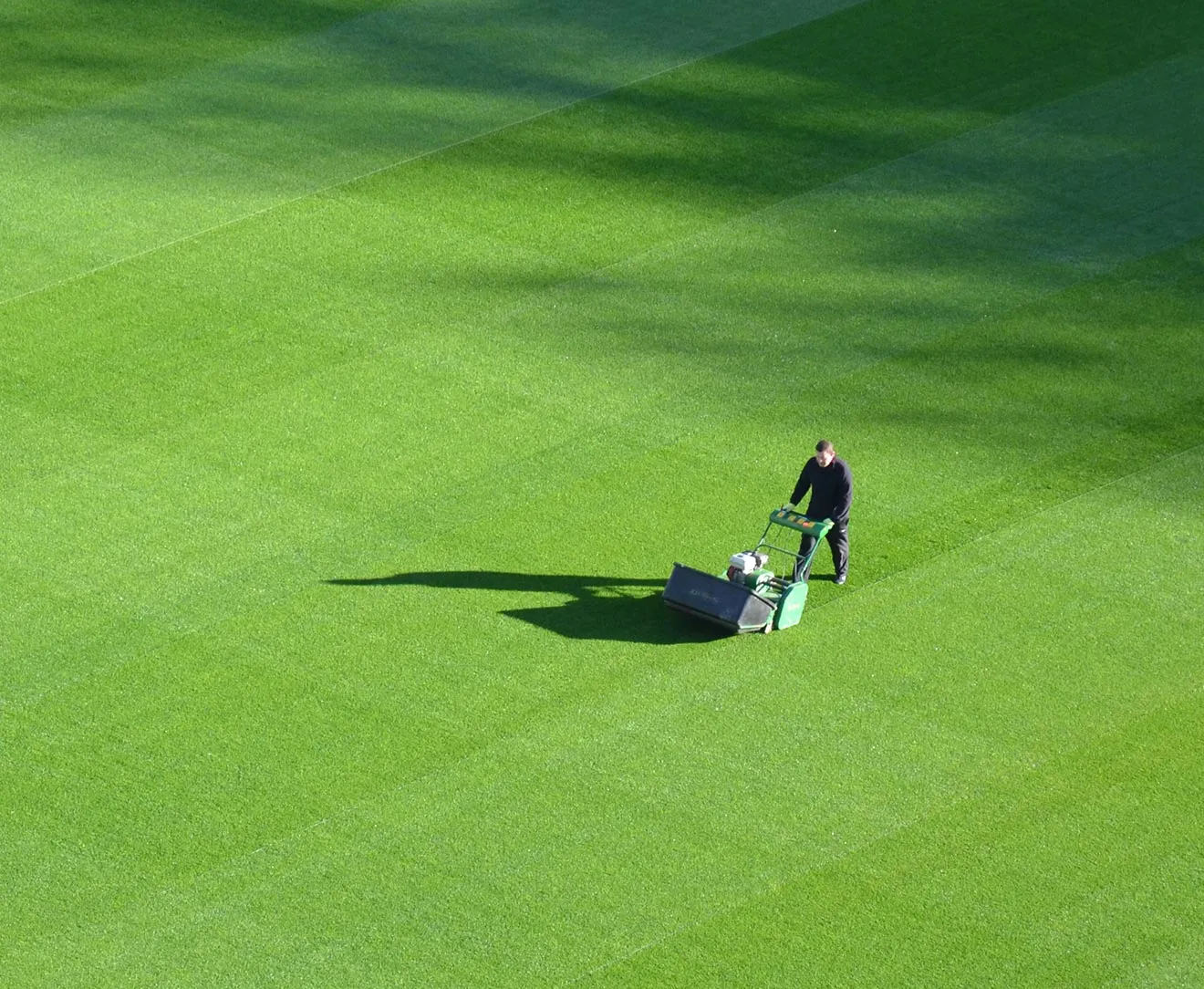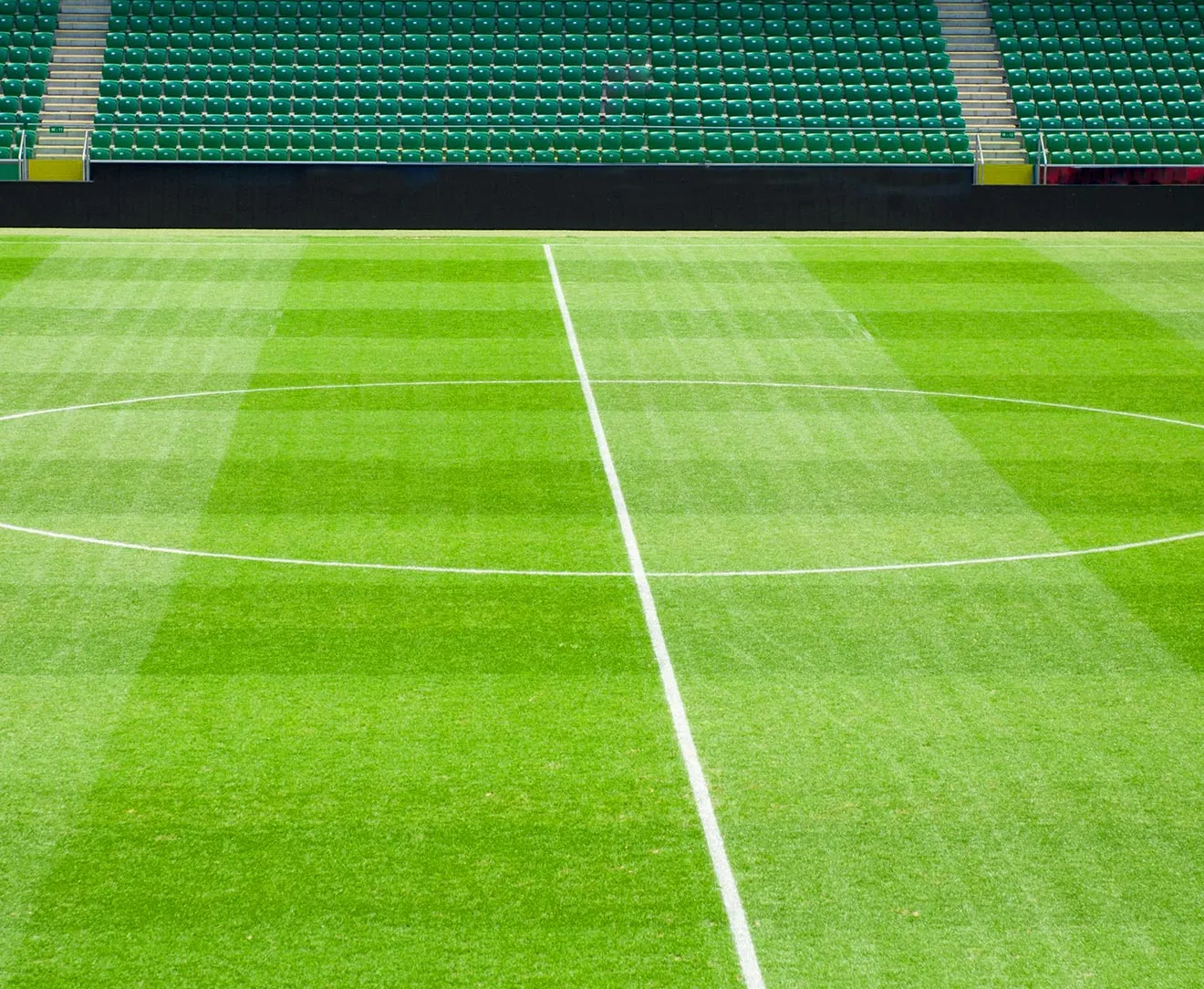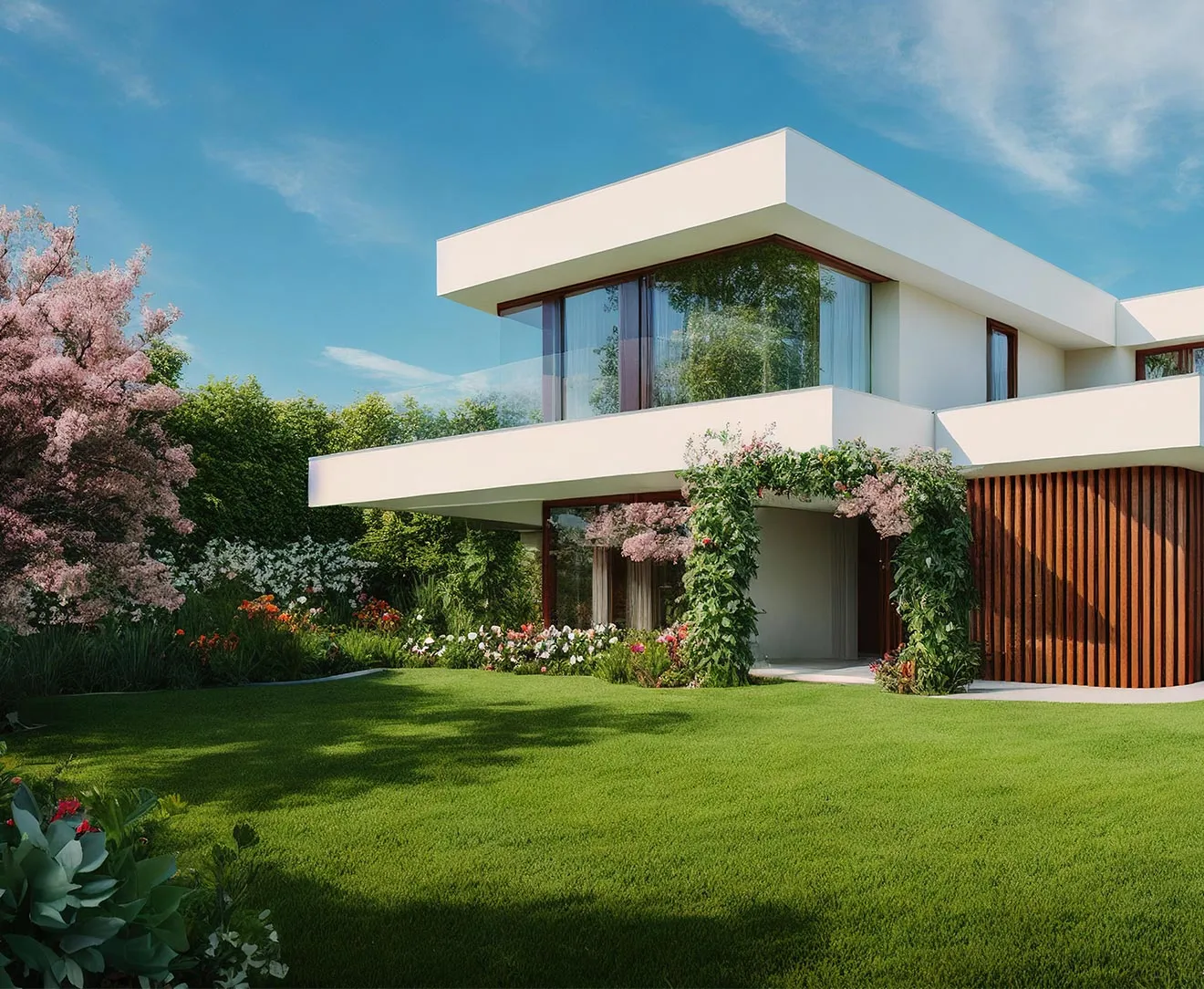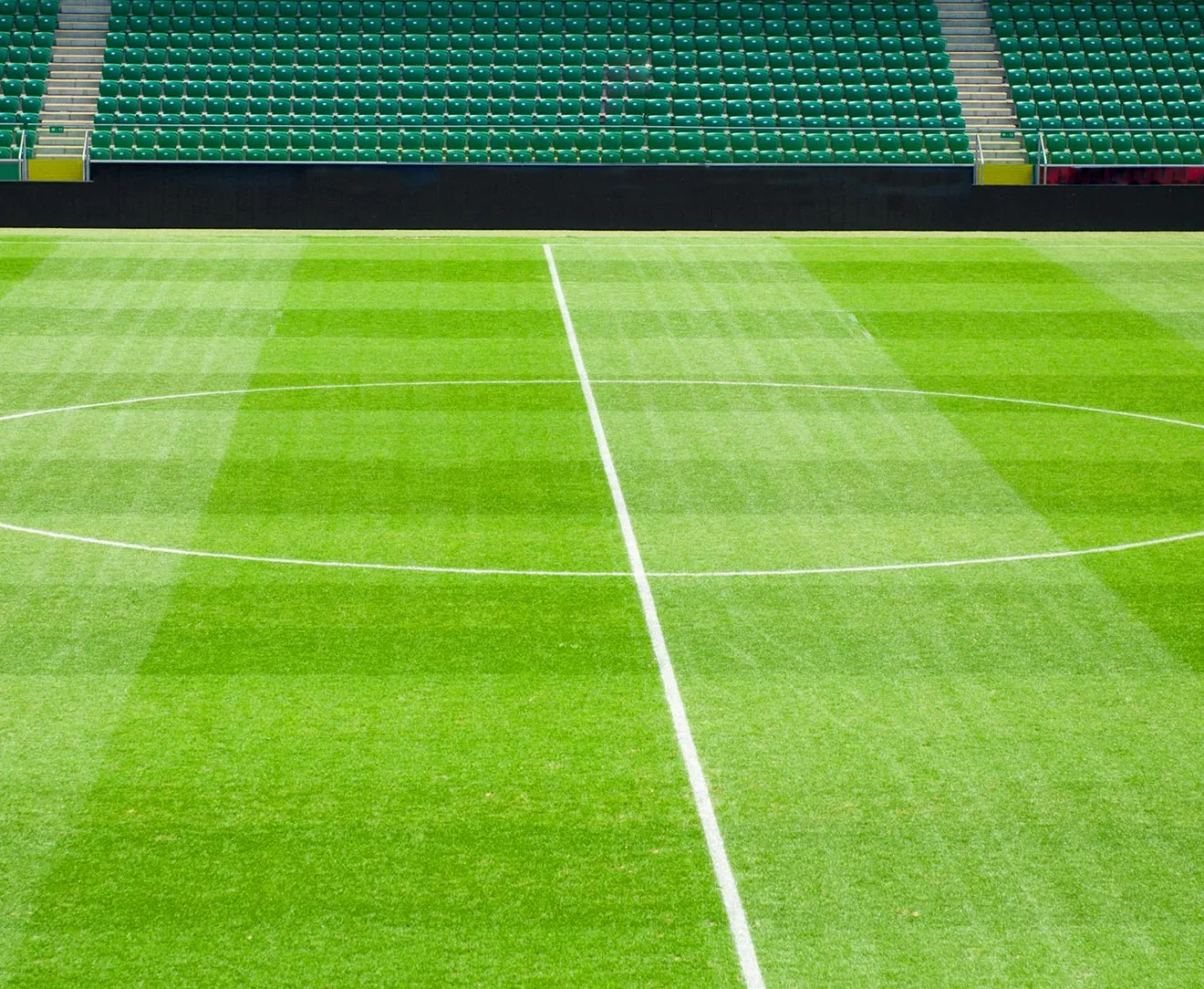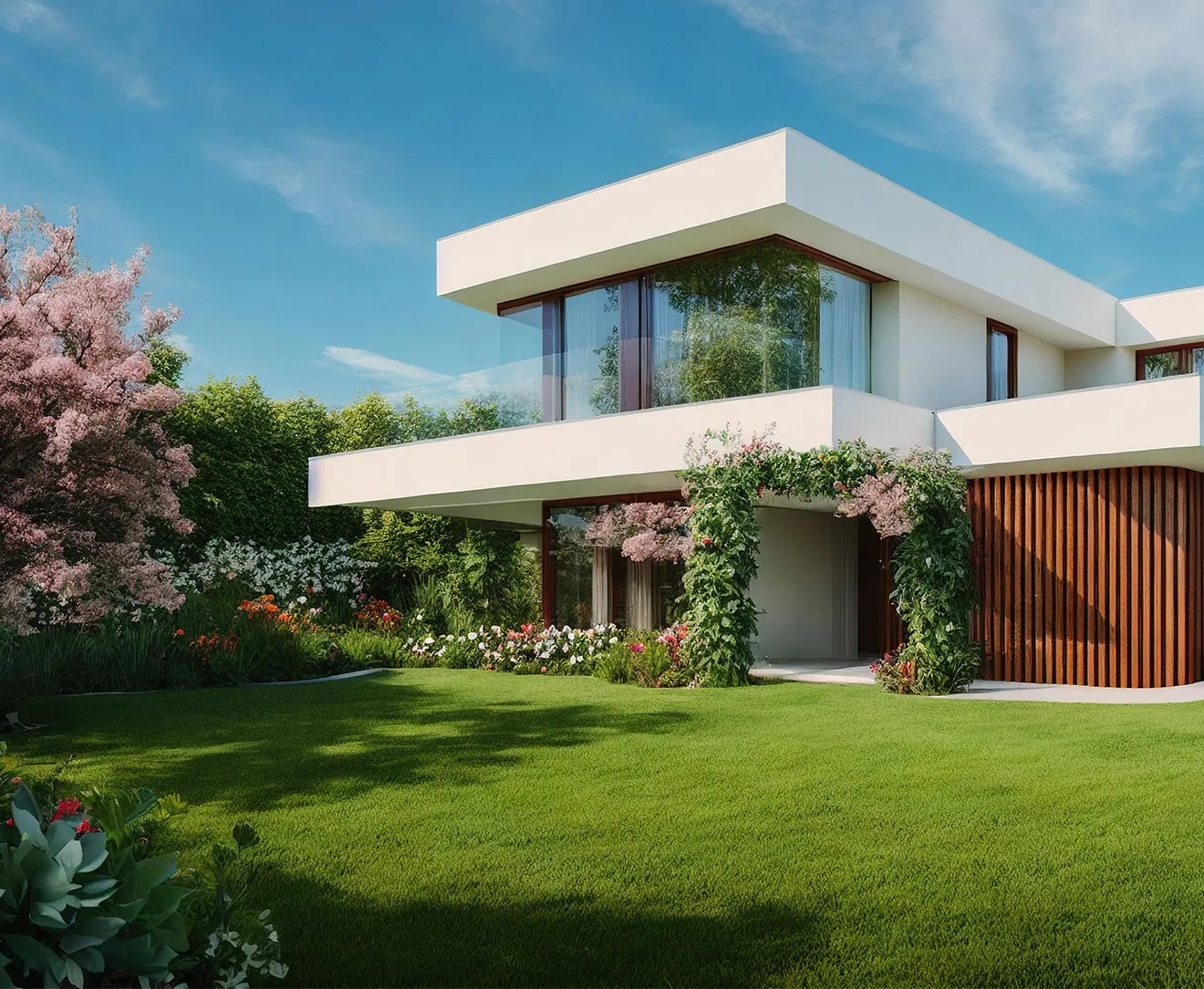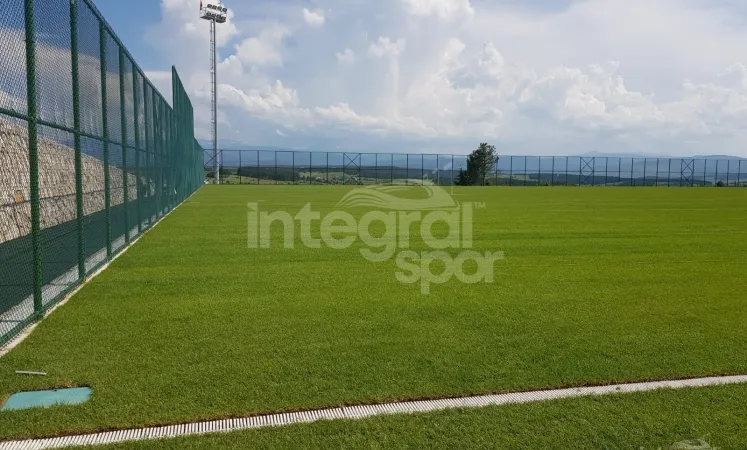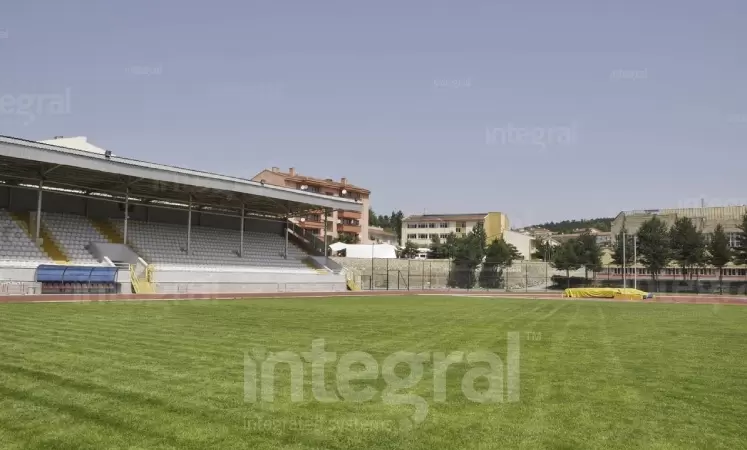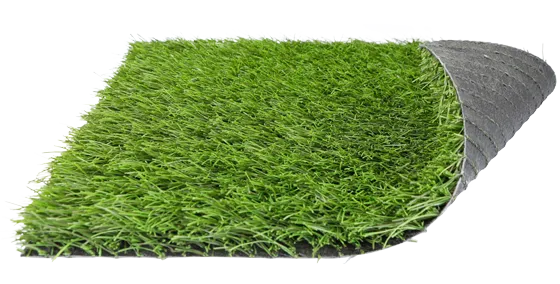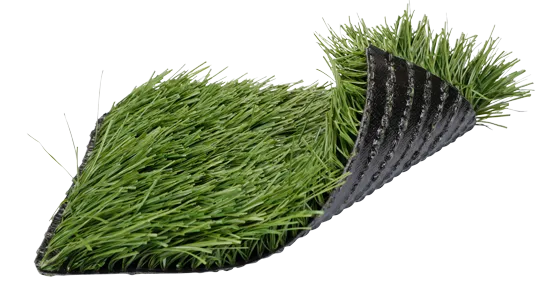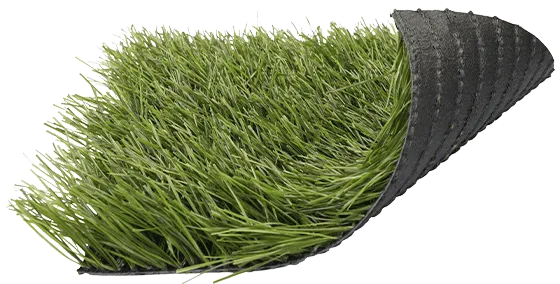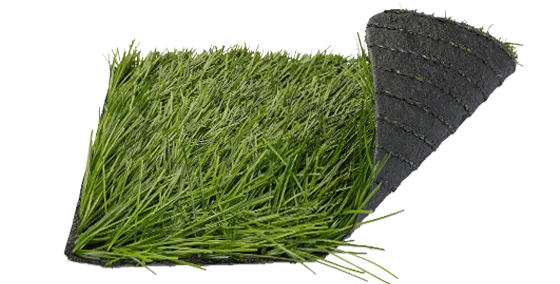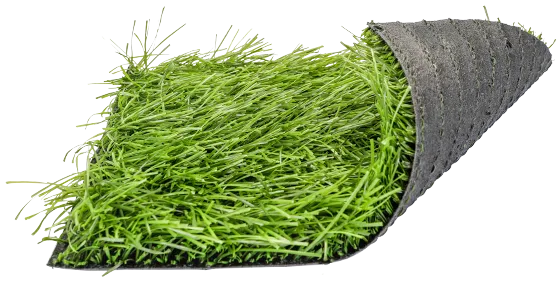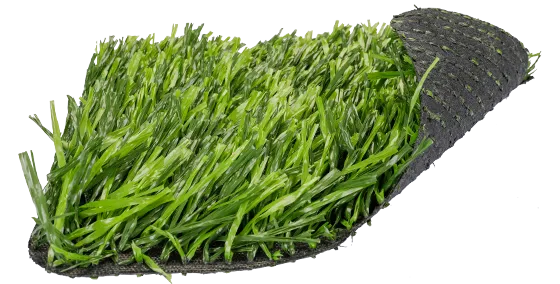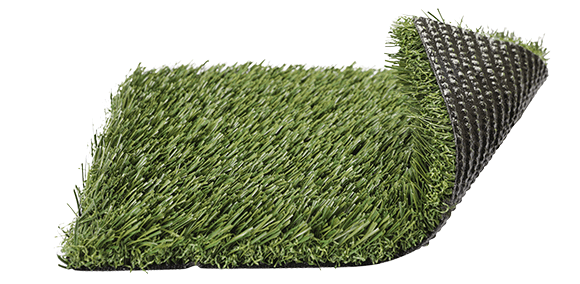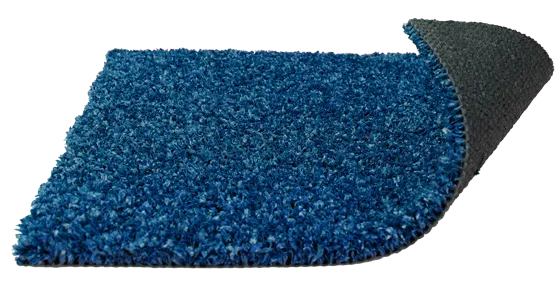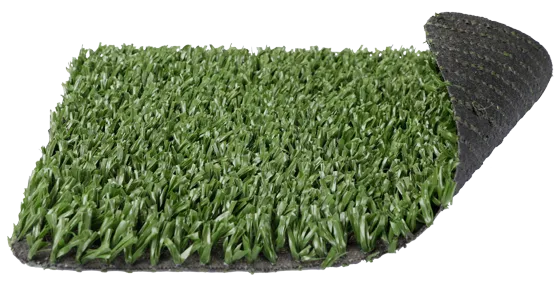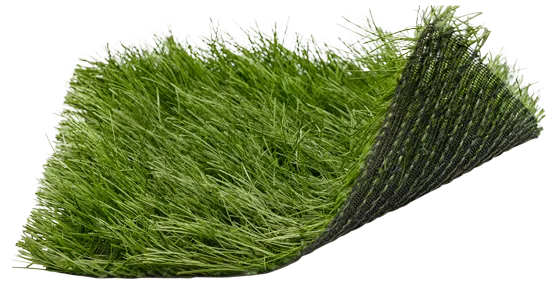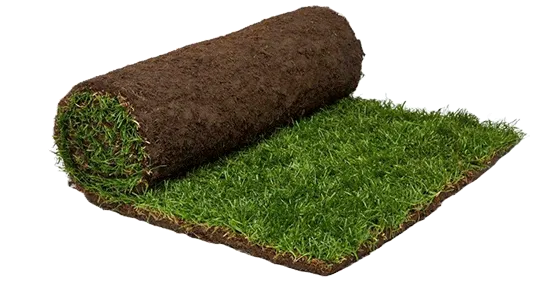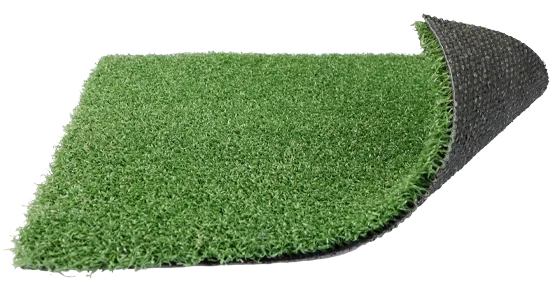Natural Grass
Natural grass is a surface covering made of real vegetation used in sports fields, stadiums, parks, gardens and other outdoor areas. This type of covering is designed to provide a look and feel similar to areas where grass grows and matures naturally.
Natural grass turf differs from artificial turf (synthetic grass, artificial grass) because it consists of real plants and requires a natural growth process. These types of surfaces are generally used for sports activities, picnics, outdoor events, and recreational purposes. When used on sports fields, they allow comfortable play for sports such as football, rugby, golf, tennis, and cricket.
- Has the appearance of natural grass.
- Maintains its color for a long time due to high UV resistance.
- Possesses high resistance to wear and friction.
- Complies with FIFA standards.
- Ideal for countries with hot and cold climates.
- Available in light green, dark green, and mixed colors.

Projects
Frequently Asked Questions
1. What is natural grass covering?
Natural grass covering refers to a type of outdoor flooring created by growing live grass plants in soil. It is often used to provide an aesthetic and environmentally friendly surface in sports fields, parks, gardens and recreational areas.
2. What are the advantages of natural grass covering?
Natural grass covering offers many advantages. It offers a natural and lively appearance, contributes to environmental sustainability by promoting oxygen production, provides a comfortable and safe playing surface, and prevents soil erosion thanks to its root structure.
3. How to maintain natural grass covering?
Proper maintenance is essential to the durability of natural turf. Regular maintenance includes mowing to maintain proper height, watering to maintain proper moisture levels, fertilizing to provide essential nutrients, and aeration to increase root growth and water permeability.
4. Is natural grass covering suitable for very hot or very cold climates?
Natural grass is suitable for many climates, but the type of turf must be chosen to suit local climate conditions. Some types of turf are better suited to cold weather conditions, while others are more tolerant of hotter weather conditions.

Artificial Turf
Other Products




